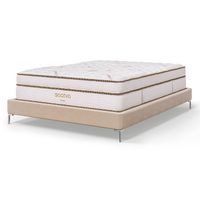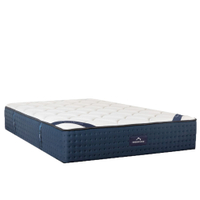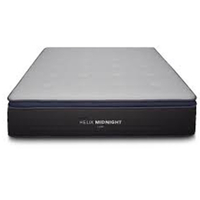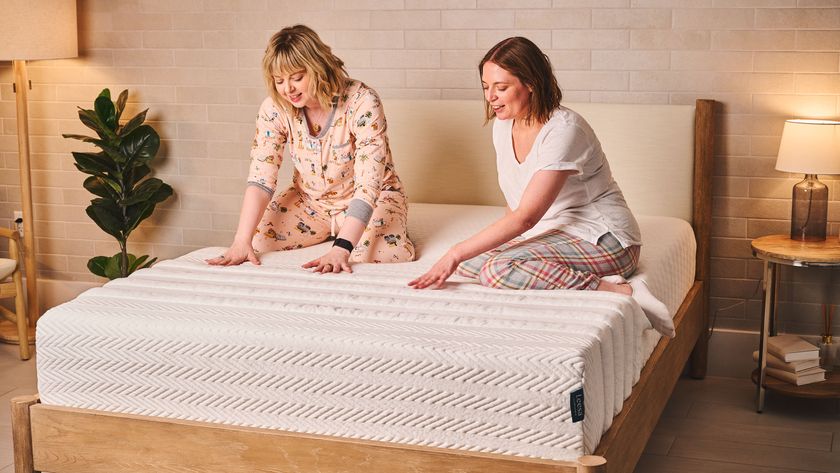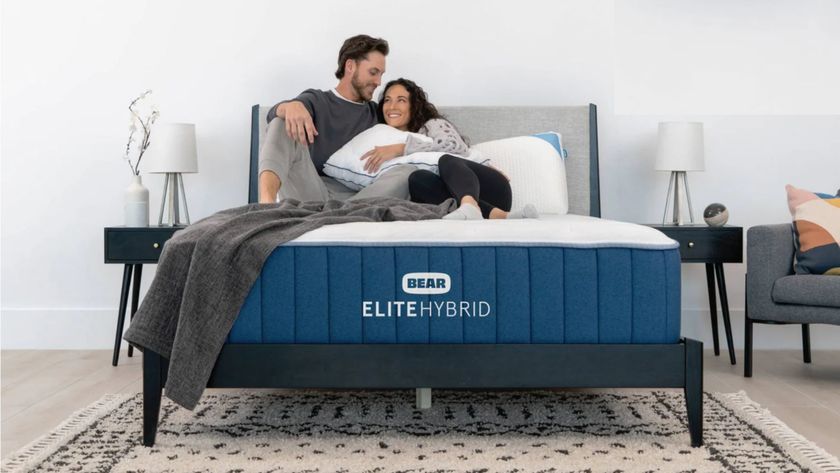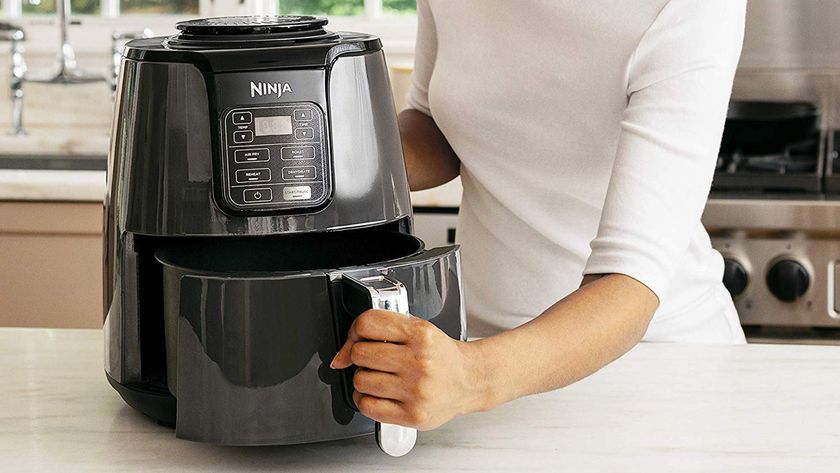5 signs you should replace your memory foam mattress with a hybrid
Plus 3 highly-recommended hybrid mattresses to shop today
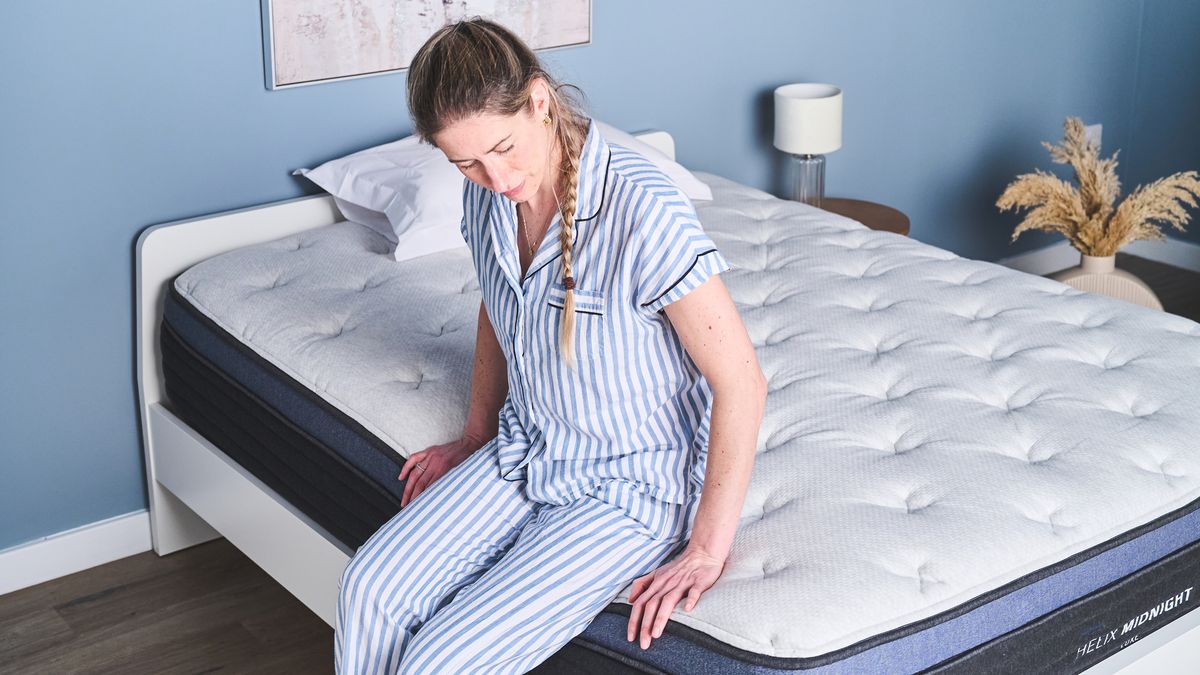
Memory foam mattresses are hugely popular, thanks to their deep sink-in support and contouring pressure relief. But their unique sleep feel isn’t for everyone. In which case, you may be better suited to a hybrid mattress, which is a bed crafted from a combination of coils and foams.
With the best mattresses on the market being both memory foam and hybrid options, they both have their merits. But how do you know which bed type will best suit your sleeping style? We've outlined 5 of the common signs that it's time to replace your memory foam mattress with a hybrid, plus 3 of the best-rated hybrid beds to shop today.
Buying a new mattress is an investment, but the 4th of July mattress sales are fast-approaching, marking your last real opportunity to pick up a mattress at a discounted price this side of summer (the next major mattress sale isn't until Labor Day in September). With that in mind, let's get started.
What is a hybrid mattress?
A hybrid mattress is made from a combination of coils and foam, generally with coils near the bottom and layers of foam such as memory foam and latex stacked on top. There will usually be a dense foam base at the bottom for support, with the whole structure covered by a top cover.
The best hybrid mattresses have coils that help to provide support, while the foam layers above provide cushioning and comfort. You’ll also find speciality hybrids, such as those with a Euro or pillow top for more plush softness and luxury, or bed with zoned coils to offer targeted support to the lumbar region (these are often the best mattresses for back pain sufferers).
What is a memory foam mattress?
A memory foam mattress is crafted entirely from foam, with the top layer (or layers) made from memory foam. The best memory foam mattresses contour to the body, with the weight and body heat helping to shape and mould them around the touch points of your mattress, helping to prevent a buildup of pressure. This means you’ll get excellent pressure relief and cushioning to your joints.
Most people associate memory foam mattresses with the distinctive ‘hug’ and sinkage that they provide, which can be a polarizing sensation. But not all memory foam mattresses are plush, with some using the addition of other foams such as HRX for body support and a firmer feel.
Sign up to get the BEST of Tom's Guide direct to your inbox.
Get instant access to breaking news, the hottest reviews, great deals and helpful tips.
5 signs you should replace your memory foam mattress with a hybrid
1. You're waking up hot
The classic memory foam 'hug' is great for pressure relief, but not so good for keeping sleepers cool and comfortable throughout the night. As you sink into the foam it can become harder for the body to dissipate heat, causing it to become trapped in the layers of memory foam. Memory foam also tends to absorb heat, which can make sleepers feel hot and sweaty.
The best memory foam mattress feature cooling technology to prevent sleepers from overheating, such as gel or copper infusions and perforations in the foam. However, a memory foam mattress will rarely sleep as cool as a hybrid, which has plenty of airflow thanks to well-spaced out pocketed coils. Still, if you’re a really hot sleeper, we’d recommend investing in one of our best cooling mattresses (many of which are hybrids), as these will have even more features to keep sleepers cool.
2. You don’t like sinking into the bed
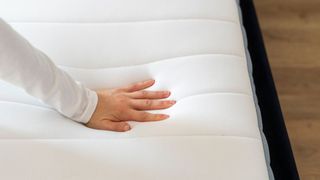
Memory foam is known for its sink-in support. As you lie on the mattress the foam will contour to your shape and hold it, keeping sleepers in one position. The amount of sinkage does vary from brand to brand and mattress to mattress, with some feeling more like quicksand than others. But if you’re feeling trapped in your mattress then memory foam isn’t for you.
Hybrid mattresses don’t have anywhere near as much sinkage due to the smaller amounts of foam they contain and although they will still have plenty of contouring, you’ll lie more on top of them. It can be a bit of an adjustment – a plush pillow top hybrid could be the solution to give you a little more soft cushioning.
3. You don't feel supported
Memory foam isn’t the right choice for every sleeping position or body type. While the pressure relief they provide lend themselves well to side sleepers, who require plenty of cushioning support at the hips and shoulders, the softer feel and sinkage can lack support for those who sleep on their back and stomach. Memory foam can also be too soft for heavier sleepers, who may end up sinking too far into the mattress for adequate support.
In contrast, a hybrid mattress has springs that will help with spinal alignment and support for the whole body, meaning it could be an excellent option if you’re waking up with aches and pains around your lower back and hips.
4. You feel as if you’re going to fall out of bed
Because memory foam is malleable, it can be prone to sagging and dipping at the edges of the mattress. If you’re someone who likes to spread out across the whole mattress, this could result in the feeling of being slowly tipped out of bed. It can also be an issue when you’re sitting on the side of the bed as the sinkage of the memory foam can lead to you feeling unsupported.
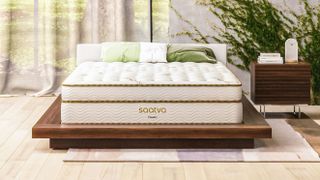
Hybrid mattresses have a firmer spring layer that offers more support across the entire frame of the mattress. In addition, many of them have reinforced support around the perimeter of the mattress, giving a firmer surface to sit on and making it easier to spread out and utilise the whole space.
5. You’re a combination sleeper
If you're a restless sleeper who moves around a lot at night, memory foam mattresses aren’t always a great fit. Because of the sinkage of memory foam, these mattresses will try and keep sleepers in one place, making it difficult for combination sleepers to move around and change position. Due to its springs, a hybrid mattress is more responsive, making it a lot easier to move around comfortably and alter sleep positions.
Our top 3 recommended hybrid mattresses
1. Saatva Classic mattress: From $1,395 $1,186 at Saatva
The Saatva Classic is a luxury hybrid innerspring available in three firmness options to suit all sleeping styles and body types. In our Saatva Classic mattress review we found that the mattress offered exceptional pressure relief and comfort, making it our current top pick of mattresses overall. There’s an evergreen 12-15% off the Saatva, although you might see bigger discounts at major sales events. A queen is currently $1,781 ($2,095 MSRP).
2. DreamCloud Hybrid mattress: From $839 $449 at DreamCloud
The DreamCloud mattress is an incredibly affordable option as it’s never sold at MSRP. Right now you can pick up a queen for $665 ($1,332 MSRP), thanks to a 50% off sale. In our DreamCloud Hybrid mattress review we found that the mattress offered plenty of support for back and stomach sleepers in particular, along with cushioning comfort to relieve aches and pains.
3. Helix Midnight Luxe mattress: From $1,373.80 $1,099 at Helix
In our Helix Midnight Luxe mattress review, we rated the mattress as the best mattress for side sleepers, offering exceptional pressure relief around the shoulders and hips. Thanks to an evergreen sale you’ll never pay MSRP and there’s currently 20% along with two free pillows, taking a queen down to $1,899 ($2,373.80 MSRP).

Jo Plumridge is an experienced mattress reviewer with several years' experience covering all things mattresses and sleep, and who tests memory foam, hybrid and organic mattresses. What Jo doesn't know about a boxed mattress isn't worth knowing, so naturally we tasked her with producing a series of features for Tom's Guide looking at all aspects of mattresses, from how to pick between latex and memory foam (it's a tricky one), to the seven mistakes people make when buying a mattress for the first time. When testing the DreamCloud Luxury Hybrid for Tom's Guide, Jo said: "I loved the back support and pressure relief it offered. Plus, it looks far more expensive than it is." When she isn’t writing about sleep, Jo also writes extensively on interior design, home products and photography.
